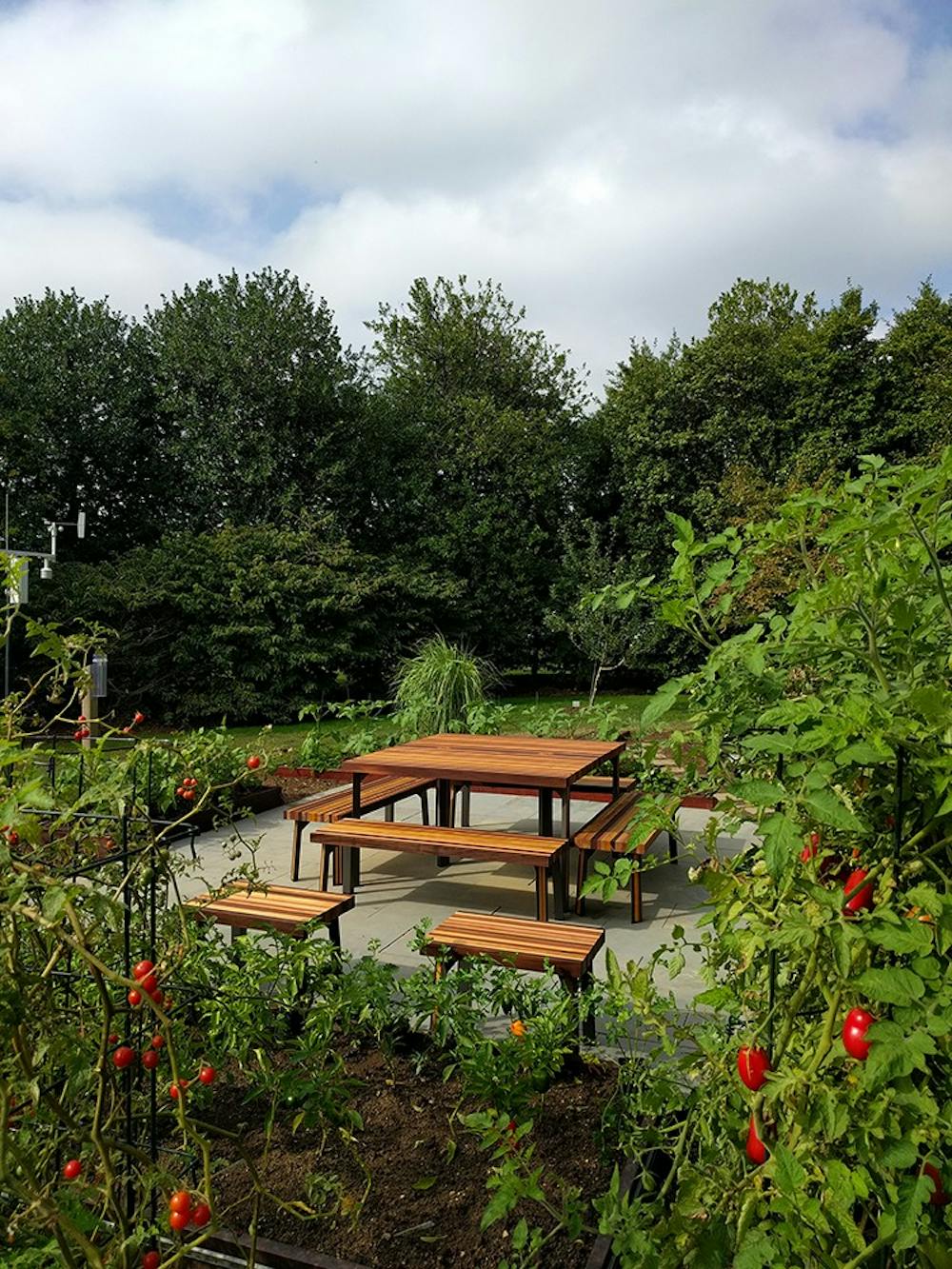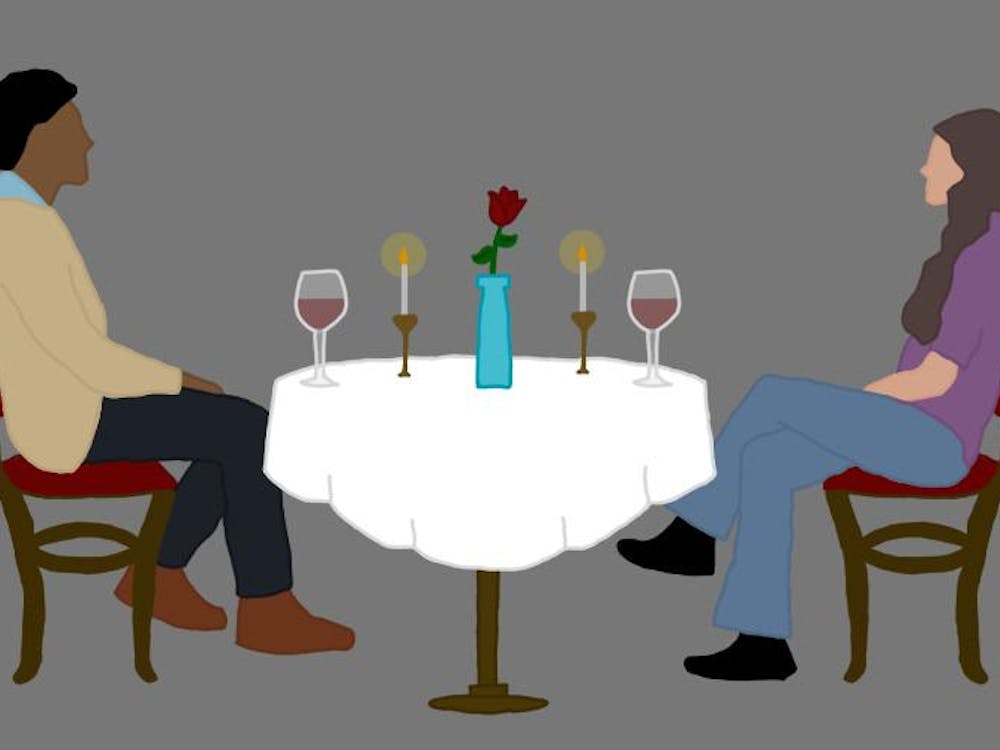As President Barack Obama and his family wrap up their time in the White House, First Lady Michelle Obama intends to leave a lasting legacy on the property through her “Let’s Move!” initiative with a revival of the White House Kitchen Garden.
Beginning in early May, the National Park Service called on Architecture Prof. Beth Meyer, a member of the United States Commission of Fine Arts and former dean of the Architecture School, to assemble a group of University students, faculty and alumni to design and construct a new layout for the garden complete with tables and benches, as well as an arbor for the entryway.
The team was challenged to design a space for ages from all walks of life, whether the visitors are fourth-graders or heads of state. Architecture graduate student Josh Aronson said the task was to create something “not too alternative but graceful to fit all ages.”
“[It had to have] the aesthetic of a farmer’s garden but with the grace of the White House,” Aronson said.
Ultimately, they came up with a theme — “e pluribus unum,” which means “out of many, one.” In continuity with the theme, University alumnus Owen Weinstein explained even the tables had two parts and could come together in a variety of ways.
“It’s a fundamental American ideal — we are better together than apart,” Weinstein said.
With this in mind, they designed tables and benches made with strips of seventeen different types of wood sourced from different places across the country representing agriculture, food production. This includes wood from chicken coops, wine vats and pickle barrels, as well as wood from the homes and farms of three founding fathers — Thomas Jefferson, James Madison and James Monroe. Additionally, the structures even consist of wood from the home of Martin Luther King, Jr.
Roger Sherry, University alumnus, landscape architect and master craftsman, explained the symbolism of the garden construction. Because visitors face west toward the Appalachian Mountains at the garden’s entrance, the team designed the entrance to be made of oak native to the Appalachians. Likewise, when leaving the garden, guests face the east, so the exit is composed of cypress native to that region.
Sherry also shared the First Lady’s vision for a long-lasting natural space. Consequently, the team included steel within the structures — for the arbor specifically had to withstand the immense amount of gravitational force the Marine One Helicopter creates when it lands.
Along with its structural renovation, the team reinvented the layout of the garden, reflective and encouraging of the “Let’s Move!” campaign.
“The garden now has a heart, a place to gather, and it feels welcoming,” Meyer said.
There is also something significant in working on a renovation to a garden so permanent.
“People [are always] taking iconic pictures of the White House,” Weinstein said. Because the garden is visible from the south fence, it is now “permanently part of that photo.”
The project is ultimately reflective of the American desire for invention but also the importance to look back at the past and reflect, Weinstein said.







